In Focus: Mark Griffiths on the history and revival of Sargent’s 'Carnation, Lily, Lily, Rose'
Mark Griffiths describes how a dinner-party question led to the uncovering of the true identities of the lilies in Sargent’s Carnation, Lily, Lily, Rose and the extraordinary history of their use and current revival.
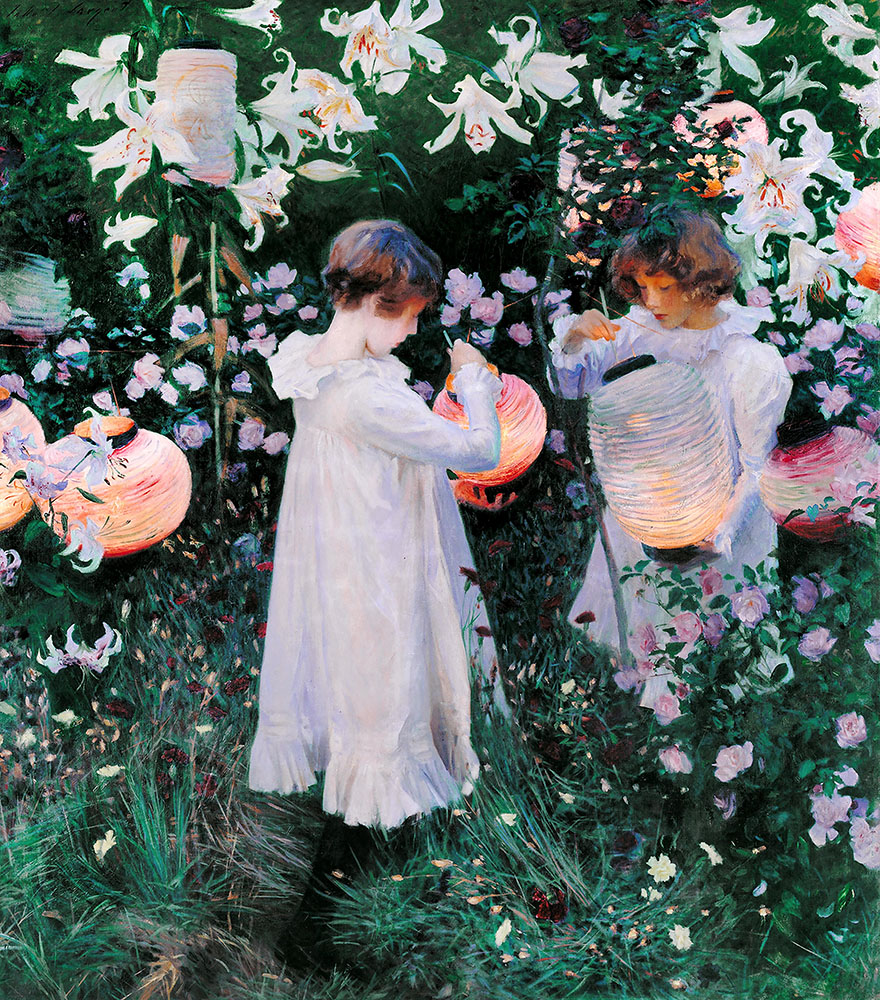
Last January, a friend, long-enchanted by John Singer Sargent’s Carnation, Lily, Lily, Rose, resolved to plant the exact same kinds of lilies as appear in that lantern-lit masterpiece. Over dinner, she explained: ‘He painted them carefully from life, so lilies like these must have existed, but which varieties are they?’ I promised to help her.
In authoritative-seeming studies of the painting, I found them identified as Aurelian lilies, but they’re nothing of the sort. The Aurelians are garden hybrids, the earliest of which were bred in France in the 1920s. Western eyes first beheld Lilium henryi, the future parent of the Aurelians, in the wilds of its native China in July 1887. By then, Carnation, Lily, Lily, Rose was not only finished, but on show at the Royal Academy’s Summer Exhibition.
'It’s not theatrical or romantic enough. No, I want to grow the two in Carnation, Lily, Lily, Rose.’
In fact, the painting’s lilies are of two quite other kinds. Behind the Barnard sisters (11-year-old Dolly, on the left, and seven-year-old Polly, on the right), the golden-rayed white blooms are all Lilium auratum, and accurately depicted. No less convincing is the single stem of L. speciosum var. rubrum, its flowers red-spotted and pink-flushed, that stands on the far left in the foreground.
These two lilies are among several Far Eastern Lilium species and varieties that captivated us soon after their introduction to Britain in the 19th century.
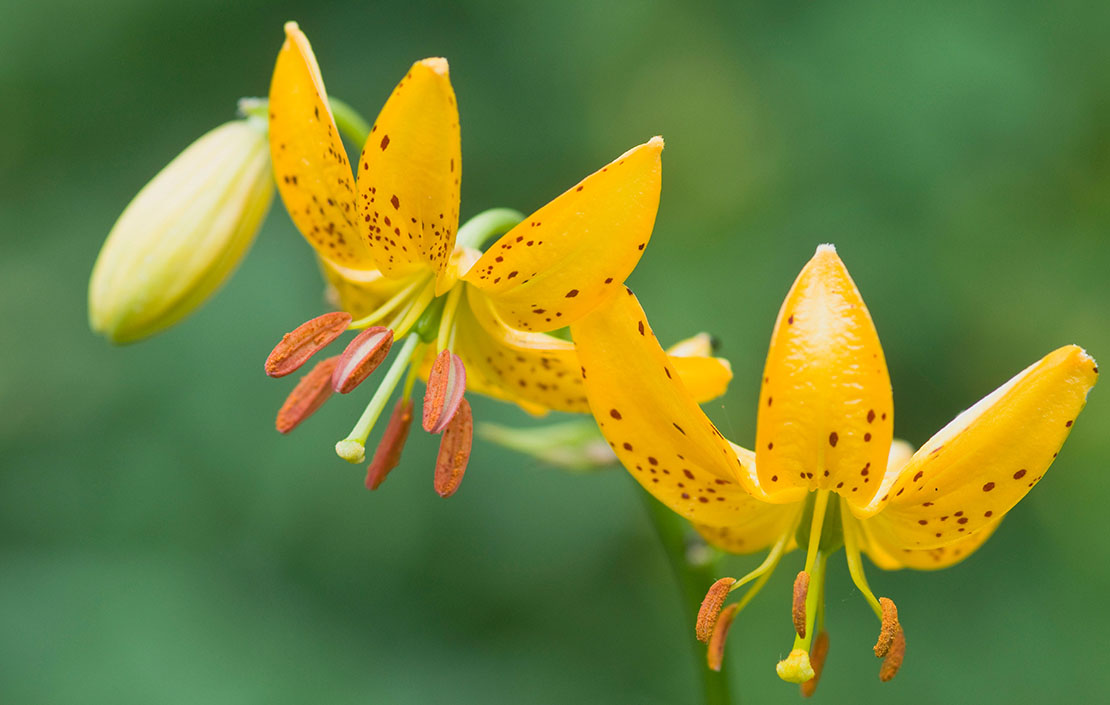
To the first of these arrivals, the pard-petalled Lilium lancifolium, we gave the name tiger lily and fondly fancied that it had a snarling temper to match. ‘O Tiger-lily,’ says Alice to a garden specimen in Through the Looking-Glass (1871), ‘I wish you could talk!’ To which it replies: ‘We can talk, when there’s anybody worth talking to.’
Despite the fact that it hailed from the land of Shinto, we christened L. longiflorum the Easter lily and imported its flowers to garnish those holidays. In place of Europe’s smaller and more fragile Madonna lily, its long-lasting stems of great white trumpets also became an essential prop for Oscar Wilde and his fellow aesthetes – a fad satirised, not entirely unjustly, in Gilbert & Sullivan’s comic opera Patience and in George du Maurier’s cartoons for Punch.
'Today, Carnation, Lily, Lily, Rose seems as blissfully English as Broadway in the Cotswolds, where it was painted'
Like the paper lanterns that illuminate them, the lilies in Sargent’s painting were manifestations of Japonisme, the fashion for things Japanese, which, in Britain, was fed chiefly by Liberty & Co. Today, Carnation, Lily, Lily, Rose seems as blissfully English as Broadway in the Cotswolds, where it was painted. In its day, however, it would have spoken of a smart exoticism cultivated by Victorians with progressive artistic taste, in which Far Eastern exports transformed home and garden.
Exquisite houses, the beauty of Nature, and how to get the most from your life, straight to your inbox.
Ultimately, even these most outlandish of blooms became naturalised in our culture. L. auratum (probably L. speciosum, too) seems to have inspired John Henry Dearle to create Golden Lily, one of Morris & Co’s best-loved prints. It would be hard to imagine a more English design.
Sargent had painted L. auratum before. Stems of it tower around the subjects of Garden Study of the Vickers Children (1884), an effect both sweet and slightly sinister. The garden was at the East Sussex seat of Albert Vickers, industrial magnate and Sargent’s then patron. Given which, it’s not surprising that each lily in this earlier painting is tightly potted and rigidly caned, grown for display and in deference to the fact that L. auratum was a status symbol, still comparatively new and costly as well as spectacular.
'It had been liberated, allowed to mix with other flowers in a pop-up paradise'
In 1885, Sargent encountered the species again. This time, it had been liberated, allowed to mix with other flowers in a pop-up paradise created by his friend Lily Millet (a compulsive gardener) during a summer’s lease that she and her husband, Frank, had taken on Farnham House in Broadway.
Here, Sargent perceived the true aura of L. auratum, and conceived Carnation, Lily, Lily, Rose. The following year, when the Millets took a longer tenancy on Russell House in the same village, he went with them, working on the painting in the new garden that Lily now made and for which he supplied 50 lily bulbs.
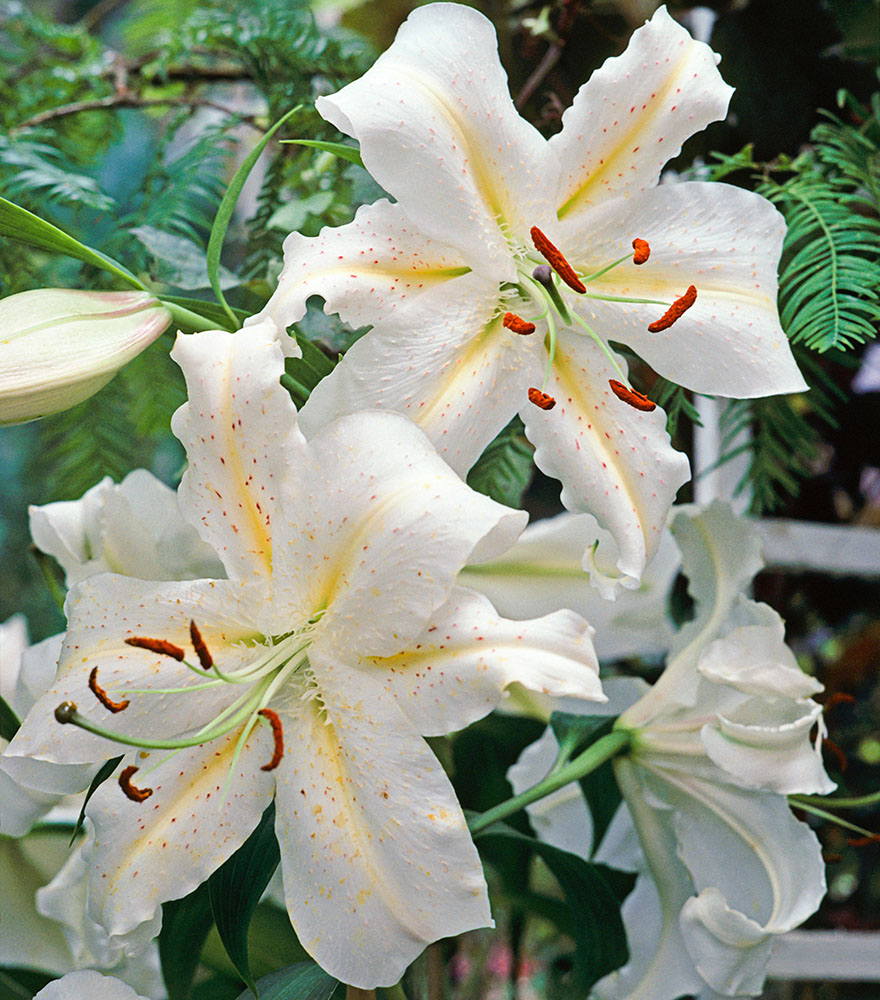
These were started in pots, an unnecessary precaution, but understandable: they were precious and their hardiness was not yet understood. Once growing lustily, they were planted out among the roses and carnations in an informal, casual-seeming, but exquisitely calculated composition. This was a new style of planting and soon being imitated by the gardeners among the crowds who flocked to see the finished painting.
Country Life provided the next great boost to this Belle Epoque romance. In its pages, Gertrude Jekyll related her experiences of Far Eastern lilies, explaining how to keep them happy in the ground all year and year after year. In 1901, the Country Life Library published her Lilies for English Gardens, a slim but heavily influential volume that’s still invaluable for planting advice and design ideas.
'The Far Eastern lilies give us excitement during the Dog Days – buds to watch, colour to admire and perfume to relish'
Subsequently, she kept the magazine’s readers abreast of new introductions from Asia. Among these was one of the most beautiful and reliable of all lilies, a species she often recommended and used in her garden schemes: L. regale, which E. H. Wilson discovered in Sichuan in August 1903.
Repeatedly, Miss Jekyll made a point that is worth repeating today. The Far Eastern lilies are invaluable in filling the interval between midsummer’s joys (roses and so on) and autumn’s riches. They give us excitement during the Dog Days – buds to watch, colour to admire and perfume to relish. They also excel at filling actual gaps – borders where plants have gone over, openings among shrubs and trees, containers in paved areas.
Plants, alas, are no more immune than other products to the market’s obsession with making it new. By the 21st century, these species were growing rare in our gardens, displaced by a welter of modern lily hybrids, many of which, to my eyes, look like petrol-station cut flowers that have been stuck in the soil.
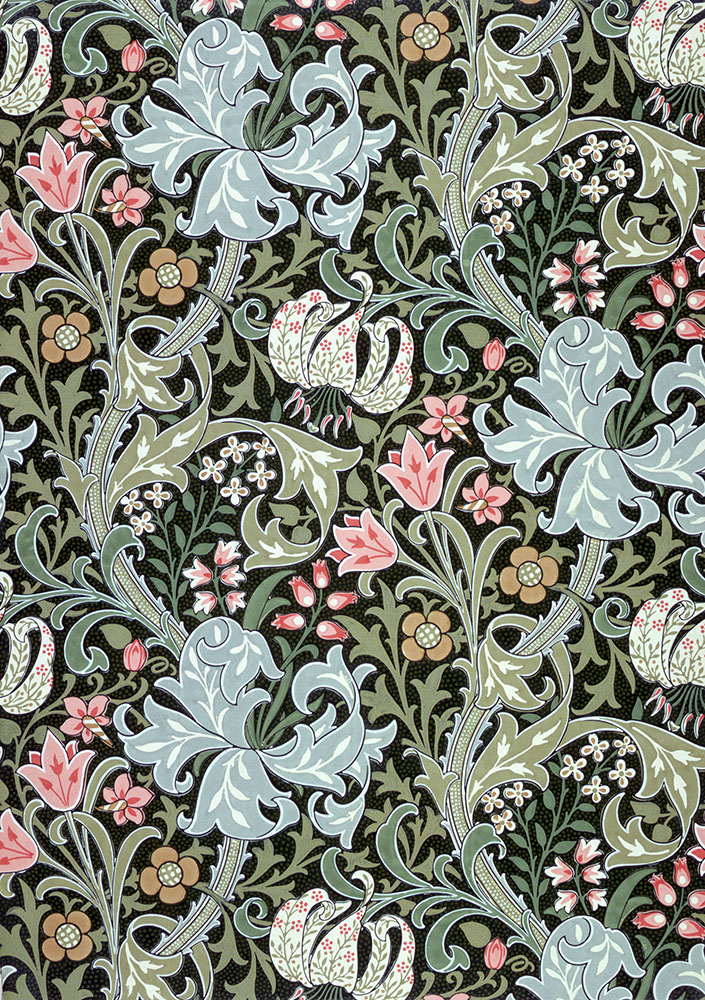
Had she set her heart on L. auratum a decade ago, my Sargent-inspired friend would have needed to search long and far and to pay as much as £30 per bulb. In the past few years, however, we seem to have realised that a lily worth painting needs no gilding. Unspoilt and unsurpassed, the Far Eastern species are in the resurgent and now being propagated on a commercial scale.
Thus I could point my friend to my favourite lily grower, the fine old Berkshire firm of H. W. Hyde & Son, which, among many other species, sells flowering-size bulbs of L. auratum at £2.50 a piece (less for quantity). Just consider what this buys.
Planted in spring, the bulb produces a stem, which, in its first year, will grow to 3ft–4ft. Around its summit, the flowers will open in July of that same first year, each as much as 10in across, with white petals rayed in gold and freckled with paprika and a languorous, vanilla-laced perfume that engulfs the garden at lantern-lighting time.
If the bulbs are happy and left undisturbed, the stems may well grow to at least 6ft tall in subsequent years. Once, on a wooded peak in northern Japan, I encountered a bank of wild yama yuri (‘mountain lily’, L. auratum) that arched forwards among the tree trunks, projecting their massive blooms over the sunlit path. Their stems were three yards long.
That experience and Miss Jekyll’s advice from 1901 guide the way I use this species. The bulbs go into warm and sunny spots, but among shrubs and small trees that shade and support the young shoots. The stem summits then soar into the light to flower.
Similar treatment suits L. speciosum var. rubrum, although with less cover and more penetrating sun, it being somewhat shorter. In the garden here, it fringes a bamboo grove, its dappled flowers hovering among the canes and illustrating why, in its native Japan, this plant is called kanoko yuri, ‘fawn lily’. Alternatively, you could westernise these two, put them in a bed with roses and carnations, in the way that Lily Millet, Sargent and (now) my friend did.
The tiger lily (L. lancifolium) is known as oni yuri, ‘devil lily’, in Japan. With ferrous-spotted, magma-orange flowers, it used indeed to be a devil to place in the garden. However, this fiery complexion and its habit of blooming late have finally earned it a role, as a superb companion for some of our new summer’s-end staples, notably, tawny grasses and dark-blue monkshoods. It will naturalise if the bulbils that form in its leaf axils are allowed to drop or are gathered and scattered.
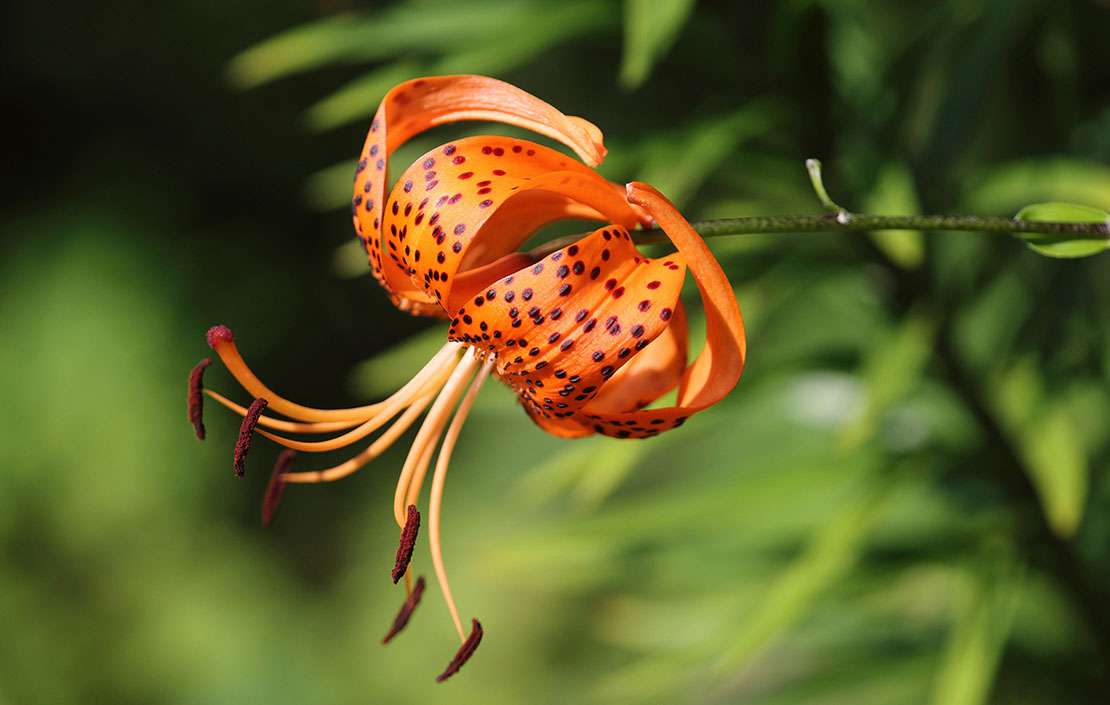
China’s L. henryi is also orange, but of a gentler, mango-flesh tone. This, together with its magnificent stature, makes it a brilliant mixer for bronze-leaved cannas and bananas. More permanently, it looks sensational when planted under tree ferns and among luxuriant groundcover such as hostas and rodgersias. L. longiflorum is too big, shiny and spotless a white to suit any but the sleekest of gardens (which, I hope, ours is not).
It’s better left to florists, although some cultivars, such as White Heaven, do have their horticultural uses – for example, grown in pots for display at weddings.
On which time-sensitive note, I should add that, unless expertly forced, it blooms in June and July in Britain, despite its popular name Easter lily.
'They are produced early enough to complement vintage roses and other midsummer garden delights'
Like the last species, the immaculate cultivar L. regale Album looks too pure for its own good. I prefer the unsanitised typical form of L. regale, as originally collected by Wilson in China and promoted by Miss Jekyll, in which the whiteness of the trumpets is accentuated by a purple-pink flush on their exteriors and a golden suffusion in their throats.
This is just the right degree of contrast to make the flowers legible in all-white plantings and stand-out brilliant elsewhere without seeming funereal, bridal or Paschal. L. regale is long-lived and exults in sun and stony alkaline soil. Its blooms are astonishingly fragrant. Moreover, they are produced early enough to complement vintage roses and other midsummer garden delights. In these respects, and also in the trimness of its poise and proportion, this, of all the Far Eastern lilies, looks most at home in British gardens.
‘Why not try L. regale instead?’ I asked my friend last January. ‘I love it,’ she replied, ‘but it wouldn’t have inspired Sargent in the same way. It’s not theatrical or romantic enough. No, I want to grow the two in Carnation, Lily, Lily, Rose.’ And so she did, for a run of evenings in August magically reviving one of Broadway’s greatest hits.

In Focus: The Spanish painter whose visceral depictions of martyrdom still have the power to shock
The unflinching representations of brutality in Jusepe de Ribera's images of martyrdom is the focus of a new exhibition, the
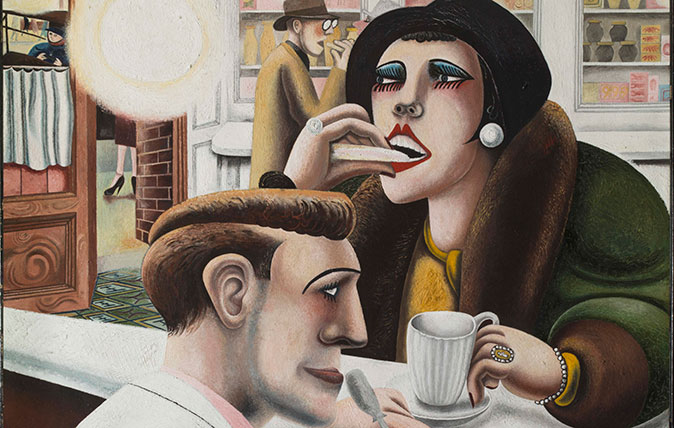
In Focus: The evocative, sensual masterpiece created in the wake of the First World War
Edward Burra was too young to have fought in the First World War, but his powerful oil painting The Snack

Credit: Alamy
In Focus: A grim masterpiece of the French painter who became the ultimate storyteller in paint
Laura Freeman examines the brilliance and bravado of Eugène Delacroix’s paintings – including an extraordinary recreation of one of the most
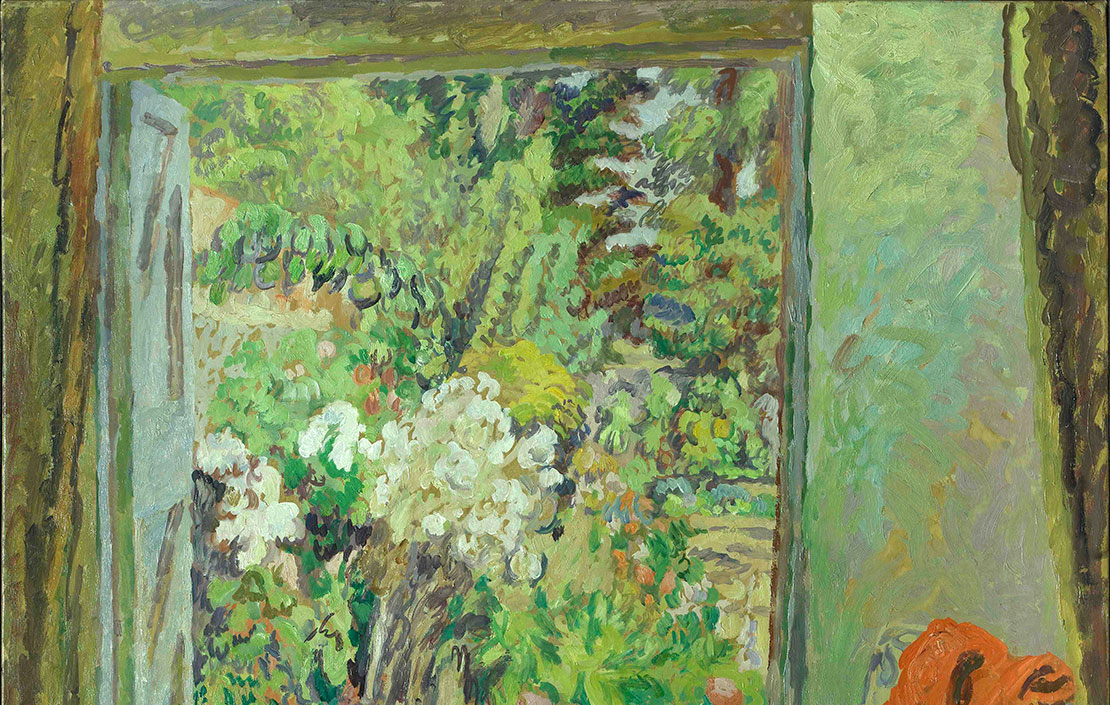
In Focus: The work by a Bloomsbury Group stalwart which fuses nature, nostalgia and Impressionism
Britist artists Duncan Grant's wonderful versatility allowed him to mix traditional and modern, natural and man-made, as this picture on

Credit: Leon Kossoff Children's Swimming Pool, Autumn Afternoon 1971. Tate © Leon Kossoff
In Focus: An idyllic sunny afternoon, evoked by a leading light of the School of London
Lilias Wigan takes an in-depth look at Leon Kossoff's Children's Swimming Pool, Autumn Afternoon, one of the pictures on show
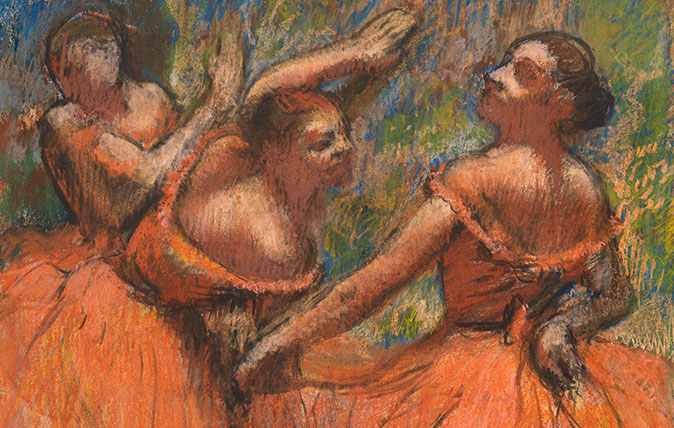
Credit: Hilaire-Germain-Edgar Degas - The Burrell Collection, Glasgow © CSG CIC Glasgow Museums Collection
In Focus: The Degas painting full of life, movement and 'orgies of colour'
Lilias Wigan takes a closer look at one of the key work's at the Degas exhibition at the National Gallery

In Focus: The story behind Snoopy and Schulz's beloved 'Peanuts' cartoon strip
Alexandra Fraser visits the home of Charles Schulz in Sonoma County, California, to discover the origins of Somerset House’s latest